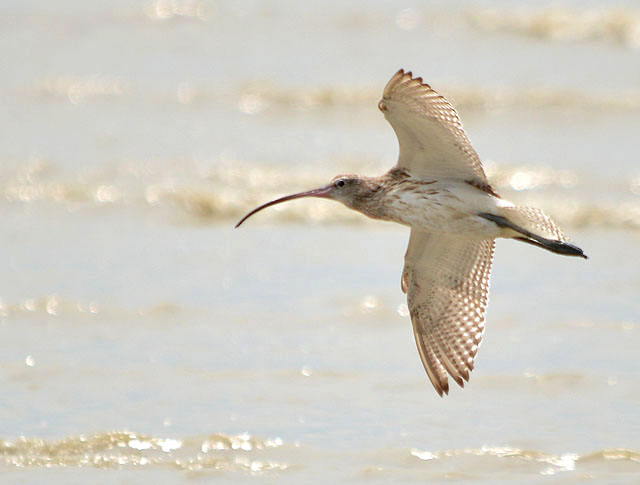There
is usually a sense of excitement as you make your way to a birding site. The
further the site is from home, you more excited you tend to be. That is only
natural. But today's journey to the forest of Sungai Sedim evokes no such
emotions. Instead there was concern and resentment. The haze that has engulfed
my country of late did not show any signs of clearing up. And the beautiful
scenery that usually welcomes my arrival to this site is now stained by the
foul air. And for the first time in all my years of birding, I had to wear a
surgical face mask to indulge in this favourite pastime of mine. What is this
world coming to...
The
forest was exceptionally quiet today. Even the persistent calls of the resident
barbets and broadbills did not echo across the vicinity as usual. It seemed as
if the gloomy sky and intoxicating haze were chocking the life out of the
forest. The rays of the morning sun could not find a way here and a dimly-lit
forest will utterly test your sanity and ability as a bird photographer. A
confiding juvenile Rufous-winged Philentoma came extremely close while it
foraged for breakfast. By right, this should have provided a collection of good images. But not today.
A
territorial dispute had a resident pair of Yellow-bellied Bulbuls chasing off
an intruder through the lower level of the forest. When the chase was finally
over, the intruder had unknowingly alighted on a nearby branch to catch its
breath and I tried to make the best of out of the encounter.
When
a juvenile Crow-billed Drongo led a bird wave across my path, for a brief
moment birding was back to how it is supposed to be. A dozen species of birds
held my attention as I determined their identification and observed their
behaviour. When the wave finally passed through, deafening silence took over
again and the bird activity died down to almost a complete halt. After a while,
I gave up and retreated back towards the car park while thinking up a
contingency plan.
In
Penang, there is one particular site that will usually have something about no
matter the time or condition. Air Hitam Dalam has rarely let me down in the
past and I found myself back at the swamp forest for the second consecutive
Saturday. The annual southerly passage of migrating raptors is well underway
but the current air quality kept me back from our usual raptor count site at
Bedong. I was quite pleased to see a flock of thirty Black Kites riding the
thermals above the car park area. Migrating raptors is truly a spectacle of
nature. This particular individual flew lower than the rest which made
photography still possible in this shooting condition.
This
striking male Korean Flycatcher is gradually getting accustomed to the
hospitality here. Seeing him foraging among the canopy level jolted me back to
last season. Back then we had a couple of friendly males that provided
countless memorable encounters.
The
Green-billed Malkoha proved to be a difficult subject again as it move from
tree to tree in search of food.
To
wrap things up for this hazy day is one of the star birds of this birding site
- the Streak-breasted Woodpecker. Its limited range in Peninsular Malaysia is
the reason behind its celebrity status and a performing male bird will never be
taken for granted.























































